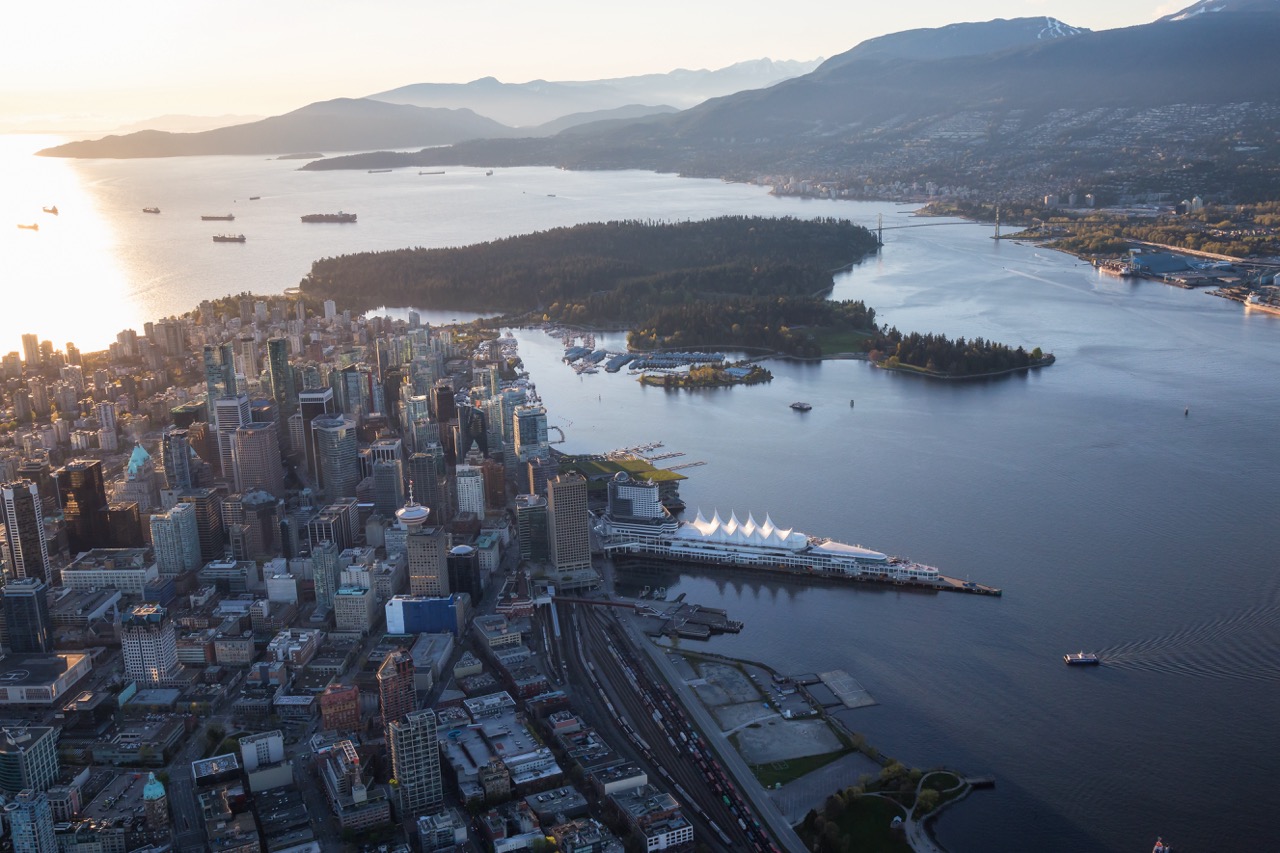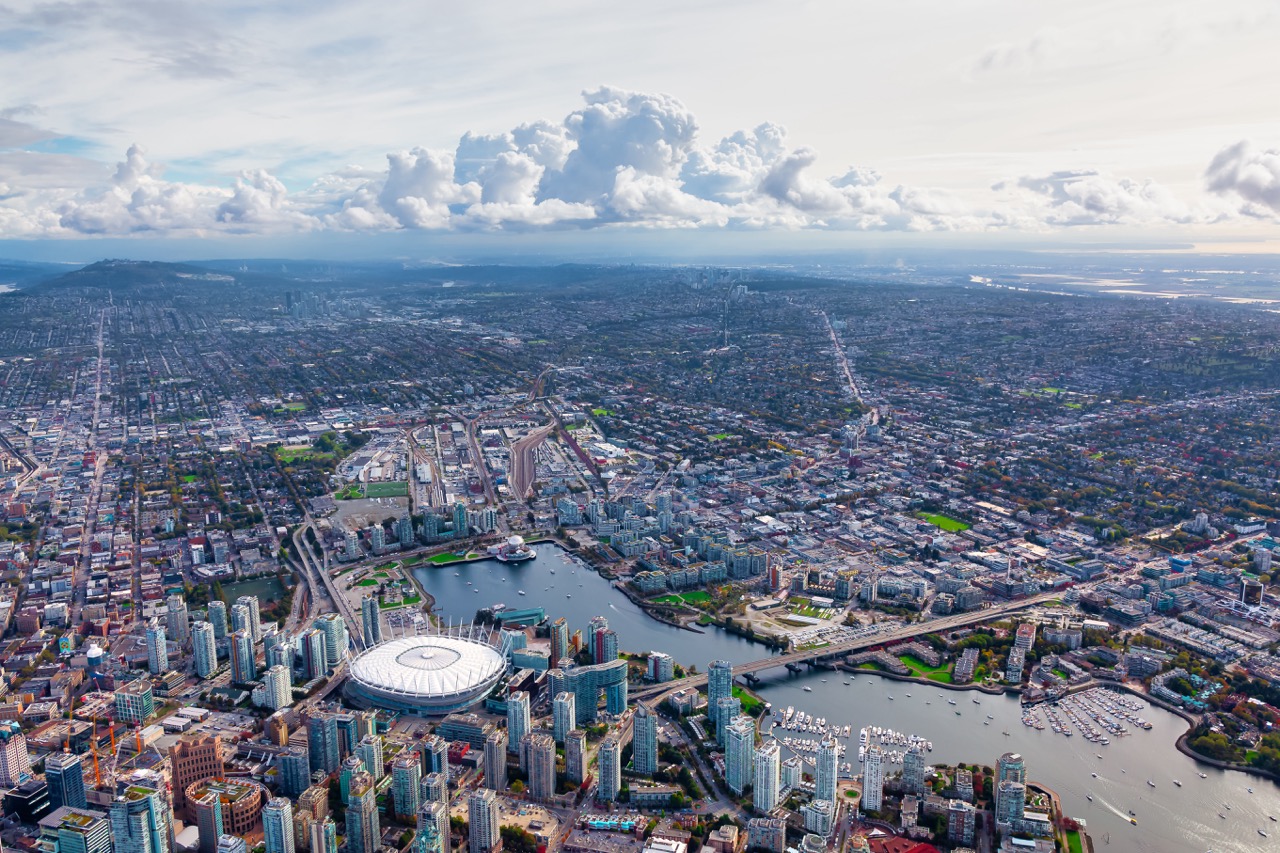British Columbia (BC) is renowned for its stunning landscapes, vibrant communities, and a high standard of living. However, the cost of living in many urban centers, particularly Vancouver, has skyrocketed, prompting many to seek affordable alternatives. Understanding the nuances of affordability in BC is essential for those considering relocation. This article explores affordable cities in British Columbia, examining key factors influencing the cost of living, housing comparisons, and the lifestyle amenities available in these areas.
Understanding Affordability in British Columbia’s Cities
Affordability in British Columbia is often measured by the ratio of household income to housing costs, including rent and property prices. While the average salary in BC is generally high, it may not keep pace with the escalating housing market. As a result, the affordability gap widens, especially in larger cities where demand outstrips supply. The notion of affordability varies significantly across the province, with some regions offering a more balanced cost-to-income ratio.
Moreover, affordability is not solely about housing; it also encompasses transportation, groceries, healthcare, and leisure expenses. Therefore, understanding the overall cost of living is crucial for potential movers. In many cases, smaller cities and rural areas may offer lower housing prices but could require longer commutes to urban job centers, which can add to overall living costs. Hence, it becomes vital for individuals to assess their specific needs and lifestyle habits before making a decision.
Finally, the provincial government has implemented various measures aimed at improving housing affordability, including taxation on vacant properties and funding for affordable housing projects. These initiatives aim to stabilize the market, making it easier for residents to find suitable living conditions within their budget. Nevertheless, the effectiveness of these policies varies across different regions, underscoring the importance of localized research when evaluating affordability in BC.
Key Factors Influencing Cost of Living in BC Regions
Several factors contribute to the cost of living in various regions of British Columbia. One of the most significant is the local job market, which directly influences income levels. Urban areas like Vancouver and Victoria boast more employment opportunities, particularly in industries such as technology, entertainment, and healthcare. However, these job opportunities often come with a higher cost of living, creating a trade-off between earning potential and living expenses.
Another crucial factor is the availability of amenities and services. Cities that offer a wide range of recreational facilities, healthcare services, and educational institutions tend to attract more residents, driving up demand and, ultimately, prices. In contrast, smaller communities may lack certain amenities, but they often provide a quieter lifestyle and reduced costs, appealing to families and retirees seeking a less frenetic pace.
Transportation is also a key consideration in determining the cost of living. Cities with robust public transport systems can mitigate the need for personal vehicles, while those with limited transportation options can lead to higher commuting costs. The balance of these factors varies across BC, making it essential for prospective residents to closely evaluate how each city aligns with their lifestyle preferences and financial goals.
Top Affordable Cities to Consider for Relocation in BC
When considering affordable cities in British Columbia, several options stand out for their balance of cost and quality of life. Nanaimo is often highlighted for its relatively low real estate prices compared to the mainland. With a picturesque waterfront and access to outdoor activities, it attracts many families and retirees seeking a more relaxed lifestyle. Nanaimo also features a growing job market and a vibrant cultural scene, making it an attractive alternative to larger cities.
Kamloops is another notable contender. Known for its sunny climate and abundant recreational opportunities, Kamloops offers a lower cost of housing, a thriving local economy, and a strong sense of community. The city is well-connected by highways and rail, making it accessible while maintaining a small-town charm. With various amenities including parks, schools, and shopping centers, Kamloops is ideal for those looking to settle down affordably while enjoying an active lifestyle.
Lastly, Abbotsford has emerged as an affordable option close to Vancouver. It boasts lower housing costs while still offering access to urban amenities and a diverse cultural environment. With a strong agricultural base and a growing economy, Abbotsford attracts newcomers looking for a blend of suburban living and urban convenience. Its proximity to Vancouver makes it an appealing choice for commuters seeking more affordable housing options.
Comparing Housing Costs in Various BC Urban Centres
Housing costs can vary significantly across British Columbia’s urban centers, making it essential to conduct thorough comparisons. For instance, Vancouver remains the most expensive city in the province, with average home prices often exceeding $1 million. Renters also feel the pinch, with average monthly rents for a one-bedroom apartment nearing $2,500 in the city center. This stark reality drives many potential residents to seek alternatives in nearby regions.
In contrast, cities like Victoria and Kelowna present a more moderate pricing landscape. While still on the higher end relative to other regions, average home prices in Victoria hover around $900,000, and Kelowna’s prices are slightly lower. Rent costs in these cities typically range from $1,500 to $2,000 for a one-bedroom apartment. While these figures are still significant, they offer a somewhat more accessible entry point for newcomers compared to Vancouver.
Cities such as Kamloops and Nanaimo present even more favorable conditions. Here, the average home prices are often below $600,000, and rental costs for one-bedroom apartments can range from $1,200 to $1,500. This accessibility makes these cities attractive options for young families and professionals looking to balance affordability with quality of life. Understanding these ranges can help prospective movers make informed decisions based on their financial situations.
Lifestyle and Amenities in BC’s Most Affordable Cities
The lifestyle and amenities available in British Columbia’s affordable cities significantly impact the decision-making process for potential residents. Nanaimo, for example, offers a blend of urban conveniences and natural beauty, with ample parks, hiking trails, and access to waterfront activities. The city is also home to various cultural events, art galleries, and local dining options, fostering a vibrant community atmosphere. Its affordability, combined with these lifestyle factors, makes it appealing to many.
In Kamloops, outdoor enthusiasts will find a plethora of activities, from skiing in the winter to hiking and biking in the summer. The city is surrounded by stunning landscapes and offers facilities for sports and recreation, contributing to a healthy and active lifestyle. Additionally, Kamloops has a range of local amenities, including shopping centers, healthcare facilities, and educational institutions, which cater to the needs of families and professionals alike.
Abbotsford offers a unique blend of suburban living with easy access to urban centers. The city is known for its agricultural heritage and vibrant community events, including festivals and markets. With various parks, recreational facilities, and family-oriented programs, Abbotsford promotes a friendly lifestyle. Its proximity to nature further enriches the living experience, making it a great option for those seeking affordability without sacrificing lifestyle quality.
Final Thoughts on Living Affordably in British Columbia
Finding affordable living options in British Columbia requires thorough research and understanding of the various factors influencing housing costs and lifestyle amenities. While cities like Vancouver and Victoria may offer abundant opportunities, they often come with a heavy price tag that may not align with everyone’s budget. Exploring alternatives such as Nanaimo, Kamloops, and Abbotsford can reveal hidden gems that provide a balance of affordability and quality of life.
It is essential for potential movers to reflect on their priorities: whether it be housing costs, lifestyle preferences, or job market opportunities. By evaluating the diverse regions of British Columbia, individuals can make informed decisions that align with their personal and financial goals. The key is to weigh the benefits and drawbacks of each city, ensuring that the chosen location offers a fulfilling lifestyle within budgetary constraints.
Ultimately, British Columbia remains a province of contrasts, offering a range of living options. As the market continues to evolve, prospective residents should stay informed about emerging trends and opportunities that could enhance their living experience in this beautiful province. By doing so, they can find a home that meets their needs while enjoying the best that BC has to offer.
In conclusion, navigating the affordable housing landscape in British Columbia requires careful consideration of various factors, including cost, lifestyle preferences, and local amenities. By examining the diverse range of cities available, individuals can discover suitable options that provide financial relief without compromising quality of life. Whether looking for a bustling urban environment or a quieter suburban setting, BC has something to offer for everyone, ensuring that the dream of living in this beautiful province remains attainable for many.





